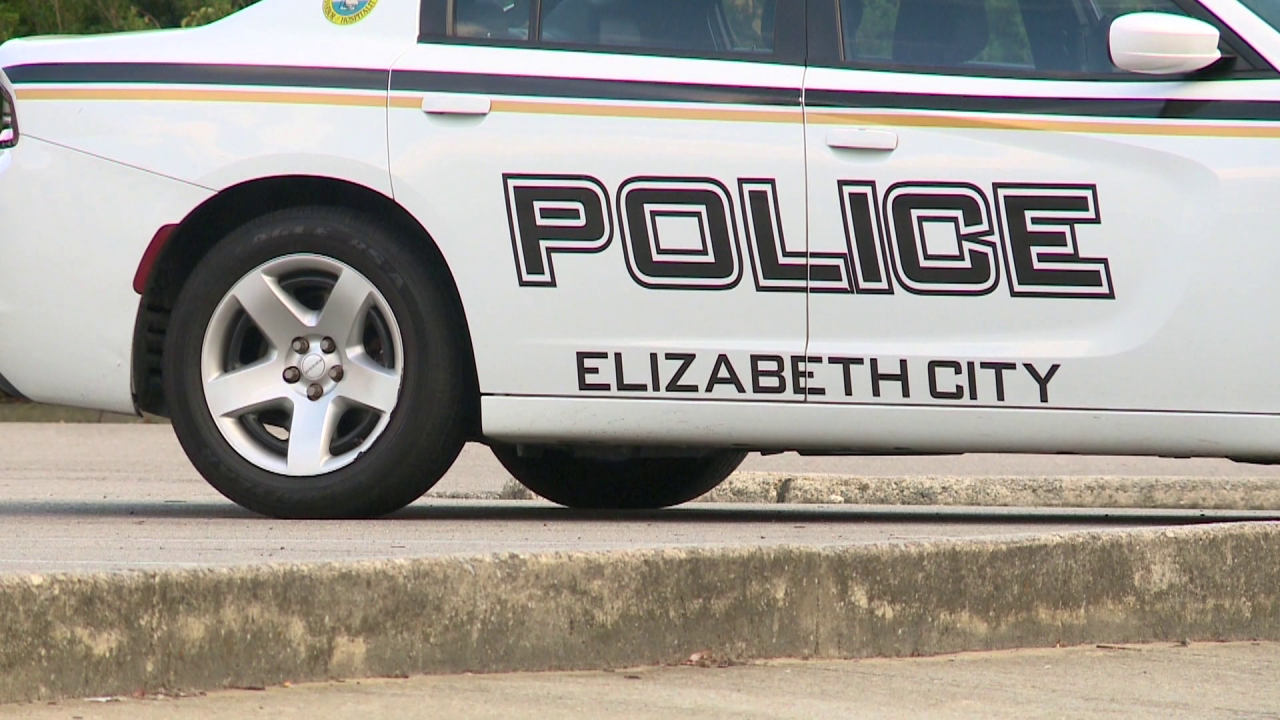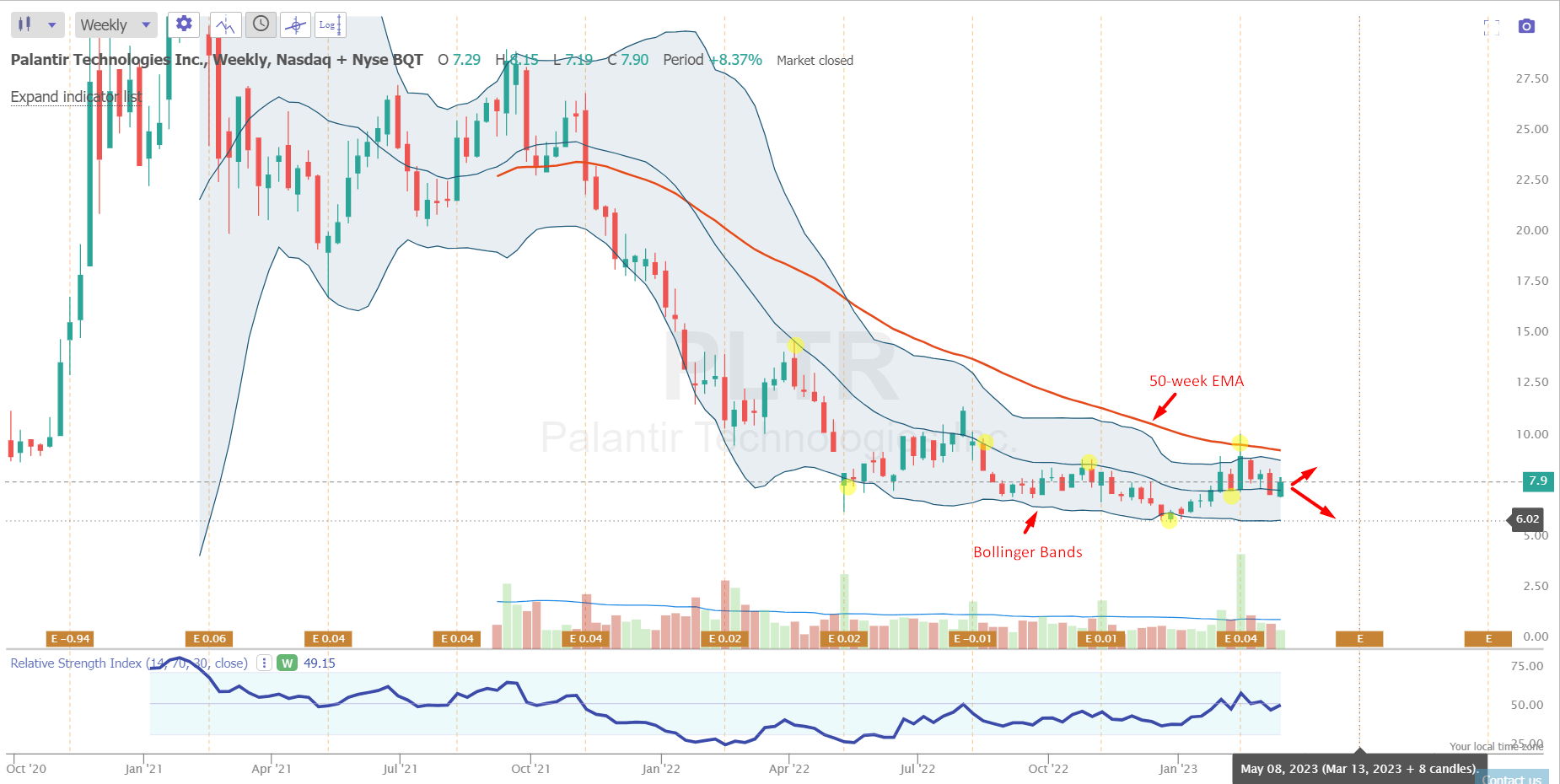Navigating The Elizabeth Line: A Guide For Wheelchair Users

Table of Contents
Station Accessibility
The Elizabeth Line aims for high levels of accessibility, but understanding the specifics is key. This section details the accessibility features you'll find at Elizabeth Line stations, highlighting both strengths and areas to be aware of.
Step-Free Access
A significant portion of Elizabeth Line stations offer step-free access to platforms. However, it’s important to check specific station details, as some may have limitations.
- Guaranteed Step-Free Access: Many central stations, such as Paddington, Canary Wharf, and Tottenham Court Road, provide guaranteed step-free access from the street level to the platforms. A comprehensive list is available on the TfL website.
- Partial Step-Free Access: While the majority of stations strive for complete step-free access, some might have limited step-free access, possibly requiring navigating a short set of stairs or using a slightly longer route. Always check the TfL website for up-to-date information.
- TfL Journey Planner: Use the TfL website and app to plan your journey and specify “step-free access”. This will show you the most accessible routes, indicating potential stairs or lifts along the way. [Link to TfL Journey Planner]
Lifts and Escalators
Lifts and escalators play a crucial role in wheelchair accessibility on the Elizabeth Line. While generally reliable, occasional maintenance or overcrowding can cause delays.
- Lift Reliability: TfL regularly maintains its lifts, but unforeseen issues can arise. Be prepared for potential delays and consider alternative routes or extra travel time. Check the TfL website or app for real-time updates on lift availability at specific stations.
- Escalator Alternatives: Many stations provide lifts as an alternative to escalators. Always check the station layout before your journey.
- Staff Assistance: Elizabeth Line staff are trained to assist wheelchair users. Don’t hesitate to ask for help if you need it.
Platform Gaps and Ramps
A crucial aspect of Elizabeth Line wheelchair accessibility is the gap between the train and the platform. The Elizabeth Line trains are designed with this in mind, but it's still vital to be prepared.
- Gap Size and Bridging Mechanisms: The gap is designed to be minimal, but it's advisable to contact TfL in advance of your journey if you have a particularly wide or long wheelchair, to help ensure a smooth transition.
- Boarding and Alighting Assistance: Request assistance from station staff if you require help boarding or alighting. They are trained and equipped to assist you safely.
- Wheelchair Types: The boarding process may vary slightly depending on your wheelchair type. Consider contacting TfL in advance to discuss any specific needs.
Onboard Accessibility
Once you’re on the Elizabeth Line, you'll find several accessibility features designed to ensure a comfortable journey.
Wheelchair Spaces
Elizabeth Line trains have designated wheelchair spaces for passenger comfort and safety.
- Number of Spaces: Each carriage typically has a dedicated number of wheelchair spaces, clearly marked.
- Priority Seating: Adjacent seating is usually reserved for passengers accompanying wheelchair users.
- Luggage Space: Sufficient space is generally provided for wheelchairs and accompanying luggage, but it is advisable to check the space available before travelling if you have a large amount of luggage.
Boarding and Alighting Assistance
Assistance is available for boarding and alighting.
- Requesting Assistance: Inform station staff of your need for assistance.
- Staff Training: Staff are trained to provide safe and efficient assistance.
- Large Groups: For larger groups or complex assistance requests, contact TfL in advance to ensure sufficient support is available.
Accessibility Features within the Train
Several other accessibility features are incorporated into the train design.
- Accessible Layout: Wheelchair spaces are strategically placed for easy access to doors and other facilities.
- Audio-Visual Announcements: Clear audio-visual announcements keep passengers informed.
- Emergency Assistance: Emergency assistance buttons are conveniently located throughout the carriages.
Planning Your Journey
Careful planning is key to a successful journey on the Elizabeth Line.
Using the TfL Journey Planner
The TfL journey planner is your best friend for accessible travel.
- Step-by-Step Guide: Use the “step-free access” filter to find routes avoiding stairs.
- Real-Time Updates: Check for any service disruptions before you travel.
- Accessibility Options: The planner provides details on lift availability and other accessibility features at each station.
Contacting TfL for Assistance
Don’t hesitate to contact TfL for assistance.
- Contact Details: Find contact information on the TfL website.
- Advance Notice: Provide ample notice for assistance requests, especially for large groups.
- Alternative Communication: TfL offers various communication methods to cater to different needs.
Conclusion
Successfully navigating the Elizabeth Line in a wheelchair hinges on having the right information and planning ahead. By understanding the station and onboard accessibility features, and by effectively using TfL's resources, you can enjoy a comfortable and independent journey. Remember to use the TfL journey planner to find step-free routes and contact TfL directly for any assistance you may need. Embrace the accessibility features and enjoy your accessible journey on the Elizabeth Line!

Featured Posts
-
 Harry Styles Snl Impression Backlash The Singers Response
May 10, 2025
Harry Styles Snl Impression Backlash The Singers Response
May 10, 2025 -
 Mstwa Fyraty Me Alerby Bed Antqalh Mn Alahly Almsry
May 10, 2025
Mstwa Fyraty Me Alerby Bed Antqalh Mn Alahly Almsry
May 10, 2025 -
 Breaking News Arrest In Elizabeth City Weekend Shooting Investigation
May 10, 2025
Breaking News Arrest In Elizabeth City Weekend Shooting Investigation
May 10, 2025 -
 Palantir Technologies Stock Buy Or Sell Investment Analysis
May 10, 2025
Palantir Technologies Stock Buy Or Sell Investment Analysis
May 10, 2025 -
 Sensex Live Market Soars All Sectors In Green
May 10, 2025
Sensex Live Market Soars All Sectors In Green
May 10, 2025
